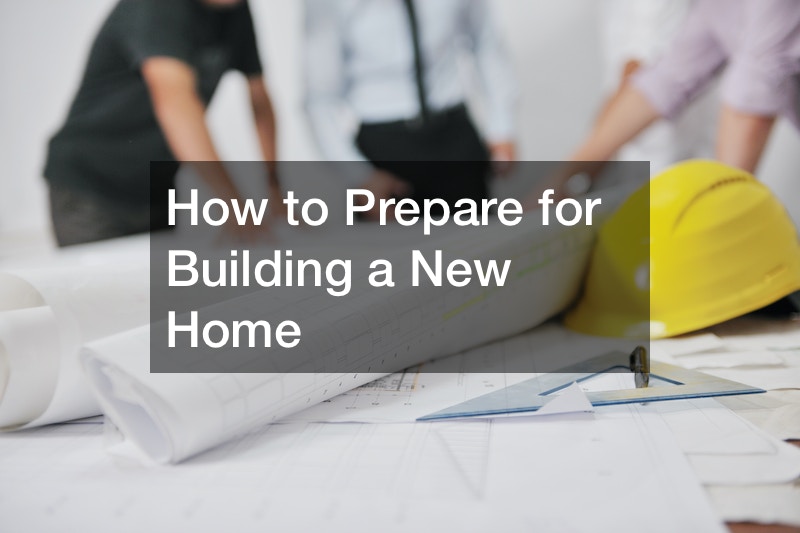
New Home, consider your budget and how you plan to finance it. Before beginning any form of construction, make sure to estimate the cost of the entire cost. They include electric, water, permits, zoning fees as well as community development costs (CDCs), and other associated costs. In doing your research ahead of time, you will be sure you’ve got a realistic idea of what you’ll need to pay to build the home you want in a cost-effective manner.
3.Research Floor plans and home designs.
If you are planning to build an New House, don’t forget the floor plan and designs for your home. Before you begin planning your new home, you should be certain to look up floor plans as well as house design. There are many floor plans to choose from that make it hard for some homeowners to select the most suitable one. You must plan each feature, and consider particular requirements you may have prior to begin building.
Online research is possible to find floor plans as well as homes. Many online resources offer floor plan previews and drawn schematics of houses that have been built and homes, which means you can begin designing without having to visit an actual store. Some lumberyards even have floorplan viewer software, which allows customers to look at different flooring plans in a row before making a final decision.
Make sure to consult with the local inspectors before you start building to ensure that the proposed layout is legal and secure. A lot of states have strict guidelines for layouts of buildings, so always consult with an experienced professional to ensure all is well.
4. Set Prioritization Guidelines
When you’ve established your goals, drawn up the budget, created the right plan, and decided on the top priorities, it’s now time to start creating your action plan. One of the main aspects you should do when planning your home building project is creating an inventory of supplies and equipment you’ll require for your project. The list should comprise:
fbbrbaakqm.

Leave a Reply